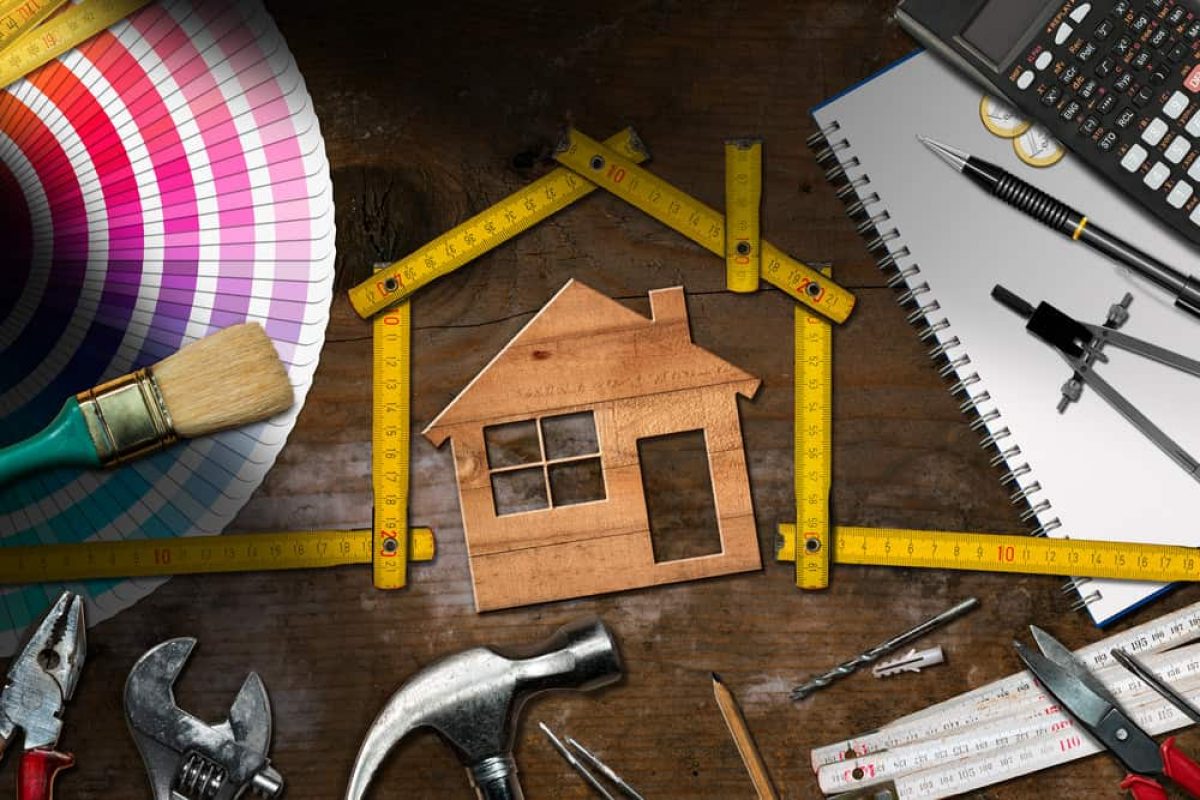- Stucco That Looks Wet: Now, stucco that gets wet should only be okay sometimes. After it rains, it will make sense that the ground is wet. If it’s still wet a week after it rained, on the other hand, that means water got into the stucco. There may also be spots on the wall that always look wet. Keep an eye on those because that’s where water could be getting in.
- Cracks: If there are cracks in the stucco, you can be sure that water is getting in. But there’s no need to freak out because it doesn’t mean you’ve been hurt permanently. But it means that water has gotten in, so you need to take action right away to stop more damage.
- Pieces of stucco are Missing: Check your stucco to see if any pieces of the siding have come loose. The damage on the surface shows that water has gotten in and is causing problems.
- Cracks and Bubbles at the Base of the Wall: During your inspection, look for clear bubbles or cracks along the bottom edges. Just like everything else, water must follow the laws of gravity and will fall. This means that most of the damage might be at the base of the wall.
- Damage to Window Caulking: Does the caulking around your windows have any cracks or holes? This is another sign that water is getting through the stucco. If it’s been there for a long time, you’ll also have to get new windows. Because of this, it is important to check the stucco often.
- Soft Drywall: You’re going inside to do your research right now. Check the wallboard under your windows. Does it feel smooth when you touch it? That’s another clear sign of water damage. In these cases, the stucco on the outside and the drywall in that area will need to be replaced.
- Moisture in the Basement: Before you leave, check the walls of your basement. You’ll see that water in the stucco could cause the walls to be damp. But this isn’t the only reason this could happen, so make sure to rule out any other possibilities before you start fixing the problem.
Skip to content
Enjoy the tranquility of your home with our quirky tips and tricks.
